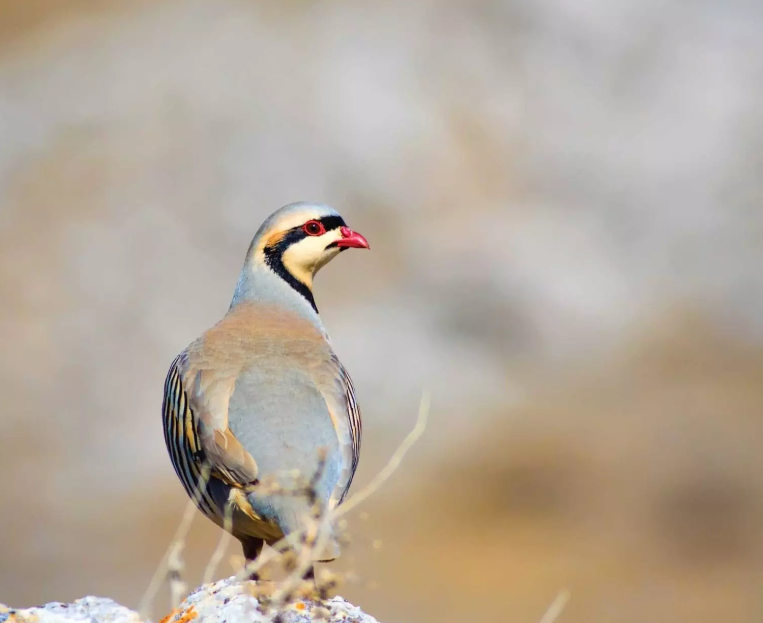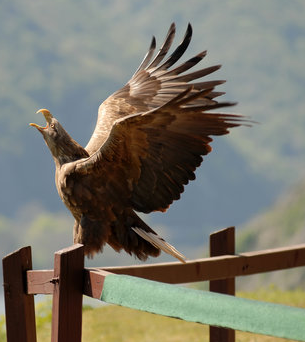India is a land of diverse flora and fauna, with a rich variety of wildlife spread across its vast expanse. India National Bird, the Indian peacock, is one of the most striking and iconic symbols of Indian wildlife. This magnificent bird has long been a source of fascination for people across the world, and its unique appearance and behavior have made it a favorite among bird enthusiasts and nature lovers alike. In this article, we will explore the various aspects of India’s national bird, including its habitat, appearance, behavior, and conservation status.
Habitat and Distribution of India National Bird
The Indian peacock, also known as the peafowl, is a large bird species that is native to the Indian subcontinent. It is found throughout India, from the Himalayan foothills in the north to the southern tip of the country. The bird’s habitat varies widely, from dense forests and grasslands to open scrub and cultivated areas. Peafowls are highly adaptable birds, and they can survive in a wide range of habitats, as long as they have access to water and food.
Appearance
The Indian peacock is perhaps best known for its striking appearance, which includes a vibrant and iridescent blue-green plumage with eye-like spots, known as ocelli, on its tail feathers. The male peacock is the more colorful of the two sexes, with a much larger and more elaborate plumage than the female. The male’s tail feathers can be up to six feet long and are used during courtship displays to attract females. The female, on the other hand, has a more subdued brown plumage, which provides her with better camouflage in the wild.
Behavior
Peafowls are known for their distinct and elaborate courtship rituals, which involve the male displaying his colorful tail feathers in a fan-like manner while making a loud and raucous call. These displays are meant to attract females and demonstrate the male’s strength and vitality. In addition to courtship displays, peafowls are also known for their impressive vocalizations, which range from loud, harsh calls to softer, more melodic trills.
Peafowls are also social animals, and they typically live in small groups or flocks. They are diurnal, meaning that they are active during the day, and spend much of their time foraging for food, which consists mainly of seeds, insects, and small invertebrates. Peafowls are also capable of flying, although they are not strong fliers and prefer to spend most of their time on the ground.
Conservation Status of India National Bird
Despite its cultural and ecological importance, the Indian peacock has faced a number of threats over the years, including habitat loss, hunting, and poaching. In response to these threats, the Indian government has taken a number of steps to protect the species, including the establishment of protected areas and the implementation of conservation programs. These efforts have been largely successful, and the Indian peacock is currently listed as a species of least concern by the International Union for Conservation of Nature (IUCN).
Conclusion
The Indian peacock is a truly remarkable bird species that has captivated people across the world with its striking appearance and unique behavior. As India’s national bird, it represents the country’s rich biodiversity and cultural heritage. While there are still threats to its survival, conservation efforts are helping to ensure that this magnificent bird remains a part of India’s natural heritage for generations to come.
FAQs
- What is the scientific name of the Indian peacock?
The Indian peacock’s scientific name is Pavo cristatus.
- Are Indian peacocks found outside of India?
While the Indian peacock is primarily found in India, it has also been introduced to other parts of the world, including the United States, where it is kept in zoos and as an ornamental bird.
- Do female peafowls have colorful plumage like the males?
No, female peafowls have a more subdued brown plumage, which helps them blend in better with their surroundings and avoid predators.
- How do peafowls defend themselves from predators?
Peafowls are able to fly short distances and can use their wings to escape danger. They also have sharp spurs on their legs that they can use to defend themselves if necessary.
- How long do peafowls live?
Peafowls can live up to 20 years in the wild, although their lifespan is typically shorter in captivity.


